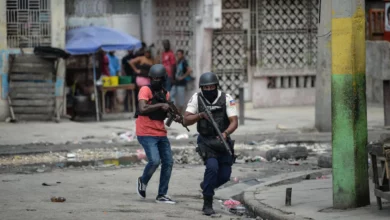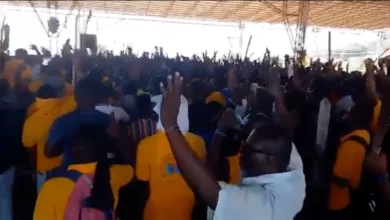
William Hernandez, tired and aching, had just finished a 24-hour shift as a coroner examining more than a dozen corpses in the capital of El Salvador, victims of gang warfare that has made the Central American country one of the most violent in the world.
In more than 20 years at the National Forensics Institute, Hernandez has never dealt with so many violent deaths nor seen attacks as vicious in San Salvador, he said.
"There have always been violent deaths, but not like now. The increase has been incredible," he said. "If you had one or two shots before, it's now between 15 and 30. The last body I examined had 42 entry and exit wounds."
Violence has risen steadily in El Salvador since a 2012 truce between the country's two main gangs began to fall apart in 2014. Last year was the most violent on record, with a 70 percent increase in murders from the previous year and a surge in attacks by street gangs, said a civil servant.
The number of homicides reached an estimated 6,650 in 2015, from 3,912 the year before, Miguel Fortin Magana, director until Dec. 31 of the National Forensics Institute of El Salvador, told Reuters.
"It's a real pandemic," he said.
The homicide rate is more than 103 per 100,000 inhabitants, making the country of 6.4 million among the most violent in the world, according to Insight Crime, a foundation that analyses organized crime.
"That figure is extremely alarming," said Fortin Magana.
El Salvador is racked by drug-fueled violence, with entire city neighborhoods controlled by powerful street gangs known as Maras.
In 2015, 62 police and 24 members of the armed forces died in clashes with the gangs. The violence has also prompted women and children to emigrate to the United States.
The current level of violence is even higher than the average annual loss of life during the 1980-92 civil war. An estimated 75,000 people were killed and 8,000 disappeared.
The price of the violence is not only paid in the loss of life.
High levels of violence and insecurity cost the Salvadoran state $2.85 billion in 2014, or 11 percent of the country's GDP, Oscar Cabrera, president of the country's central bank, said in an interview with Reuters.
"That cost is too high," he said. "That is (money) you could devote to investment, schools, infrastructure projects."




